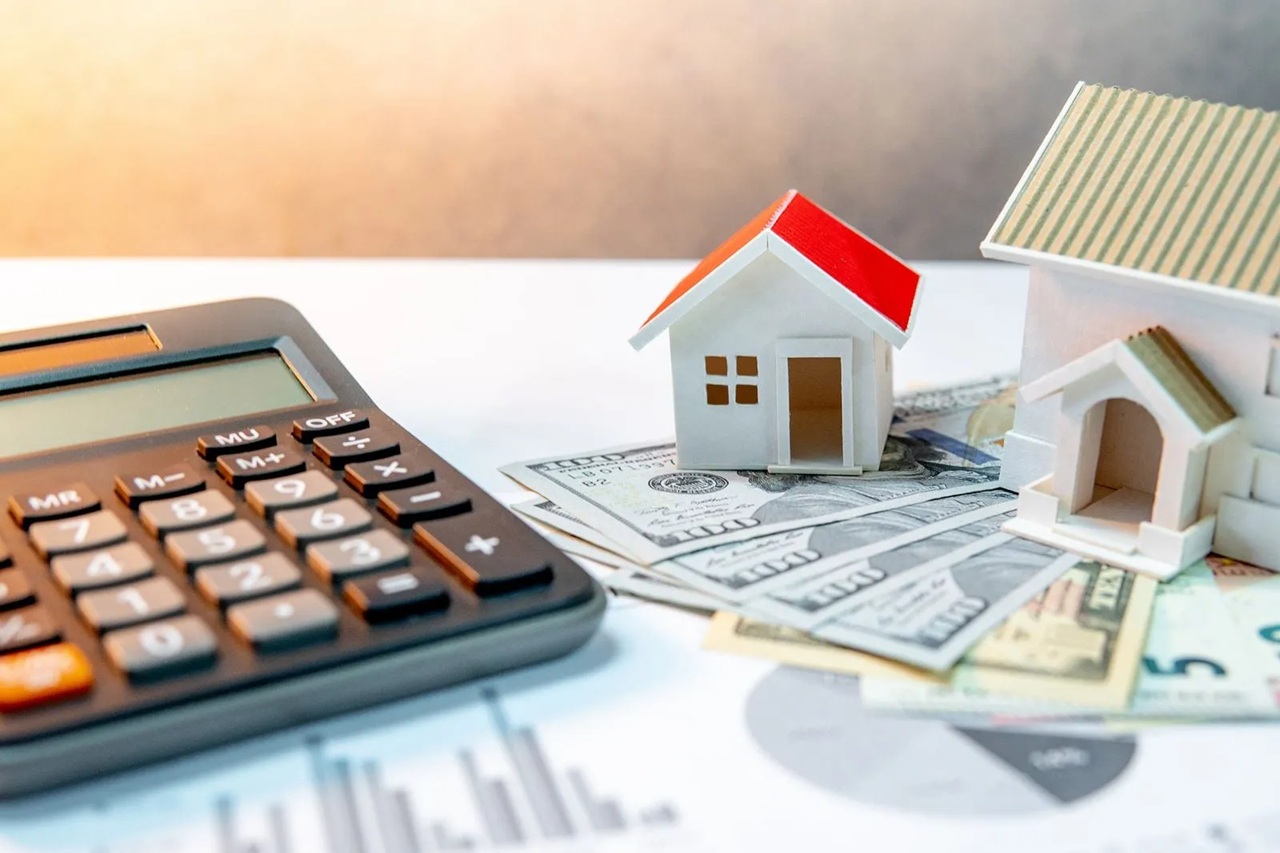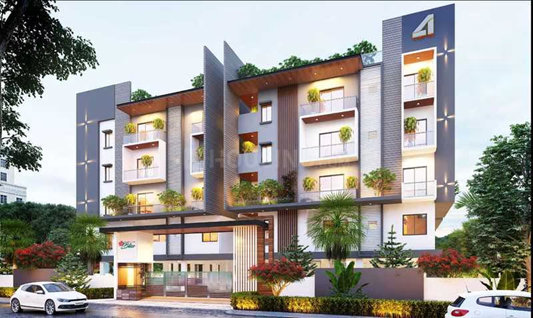In the dynamic world of real estate, success hinges not just on building properties but on making smart decisions that lead to long-term profitability. For developers, maximizing return on investment (ROI) requires a strategic approach that begins well before construction starts and extends long after the ribbon-cutting ceremony. Whether you’re a seasoned developer or just entering the market, the following tips can help you enhance ROI on every project.
1. Choose the Right Location
The age-old mantra “location, location, location” still holds true. A well-located property in a high-demand area often commands better pricing, quicker sales, and more long-term value. Study demographics, job growth trends, school districts, infrastructure plans, and proximity to amenities. Look for emerging neighborhoods where value is expected to grow, but be wary of areas with uncertain futures.
2. Understand Market Demand
Before committing to a project, conduct in-depth market research to understand what buyers or tenants actually want. Are you targeting families, retirees, or young professionals? Do they want luxury amenities, affordable pricing, or sustainable features? Tailoring your project to meet actual demand reduces vacancy risks and increases profitability.
3. Plan with ROI in Mind
Every decision made during planning—from lot layout to building materials—affects ROI. Incorporate cost-effective construction techniques that don’t compromise quality. Avoid overbuilding; luxurious touches can increase appeal but may not offer returns that justify the added cost. Keep the balance between aesthetics, functionality, and cost-efficiency.
4. Optimize the Use of Land
Unlock your site’s full potential by exploring opportunities to add extra units, mixed-use spaces, or value-boosting amenities—provided they align with local zoning regulations. Features such as rooftop lounges, fitness centers, or expanded parking areas can significantly enhance property value.
In places like Salt Lake City, investing in high-quality asphalt paving for parking lots or access roads not only improves curb appeal but also supports long-term durability and function. Just be sure to carefully evaluate whether the added construction costs will deliver a worthwhile return on investment.
To further enhance your real estate development strategy, consider the importance of selecting the right partners and builders who understand the nuances of the local market. By collaborating with experienced professionals, you can ensure that your projects are executed with precision and quality, ultimately boosting your return on investment. For those looking to build in the Winter Park area, visit this website to explore options that align with your development goals and standards. This approach not only streamlines the construction process but also adds value to your properties, making them more attractive to potential buyers and investors.
5. Build Energy-Efficient and Sustainable Projects
Green building isn’t just a trend—it’s an investment in the future. Sustainable features like solar panels, energy-efficient windows, and water-saving appliances attract environmentally-conscious buyers and renters. Moreover, these elements can reduce operating costs and qualify your project for tax incentives, further boosting ROI.
6. Use Technology to Your Advantage
Modern development benefits greatly from technology. Tools like Building Information Modeling (BIM), project management software, and virtual reality walkthroughs can save time, improve accuracy, and enhance marketing efforts. Smart home features also add appeal to tech-savvy buyers, potentially commanding higher prices.
7. Negotiate Smartly with Contractors and Suppliers
Controlling construction costs without sacrificing quality is key to increasing ROI. Obtain multiple bids and build strong relationships with reliable contractors and suppliers. Lock in prices when possible and look for bulk purchasing discounts. Schedule regular check-ins to keep timelines and budgets on track.
8. Focus on Quality Marketing
You can build the perfect property, but without effective marketing, it may sit unsold or unleased. Invest in professional photography, compelling listings, and digital advertising. Utilize social media and real estate platforms to reach a wider audience. Consider staging model units or offering virtual tours to enhance buyer interest.
9. Stay Compliant and Avoid Delays
Time is money in real estate development. Delays due to permitting issues, inspection failures, or legal disputes can eat into your profits. Stay on top of local regulations, obtain all necessary permits early, and maintain strong communication with regulatory bodies. Employ legal and compliance professionals when needed to avoid costly mistakes.
10. Evaluate Long-Term Holding vs. Selling
Not every property needs to be sold immediately. Holding on to a project as a rental may yield greater long-term returns, especially in appreciating markets. Analyze your financing, tax implications, and cash flow to decide whether a hold-and-rent strategy could outperform a quick sale.
11. Track and Learn from Each Project
After completion, conduct a thorough ROI analysis. What worked? What didn’t? Use data from past projects to improve future ones. Keep detailed records of costs, timelines, sales performance, and customer feedback. Continuous learning is essential for refining your development strategy over time.
Final Thoughts
Maximizing ROI in real estate development isn’t about cutting corners—it’s about making informed, strategic choices at every stage of the process. From selecting the right location to staying on top of market trends and using smart design, every decision plays a role in your bottom line. By staying proactive, detail-oriented, and responsive to market needs, developers can ensure their projects not only succeed but thrive in a competitive landscape.










